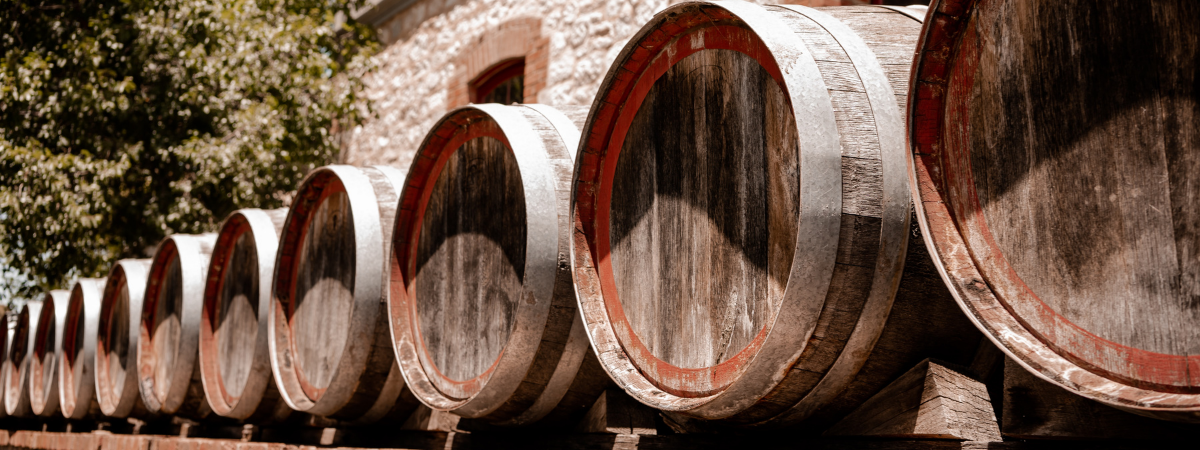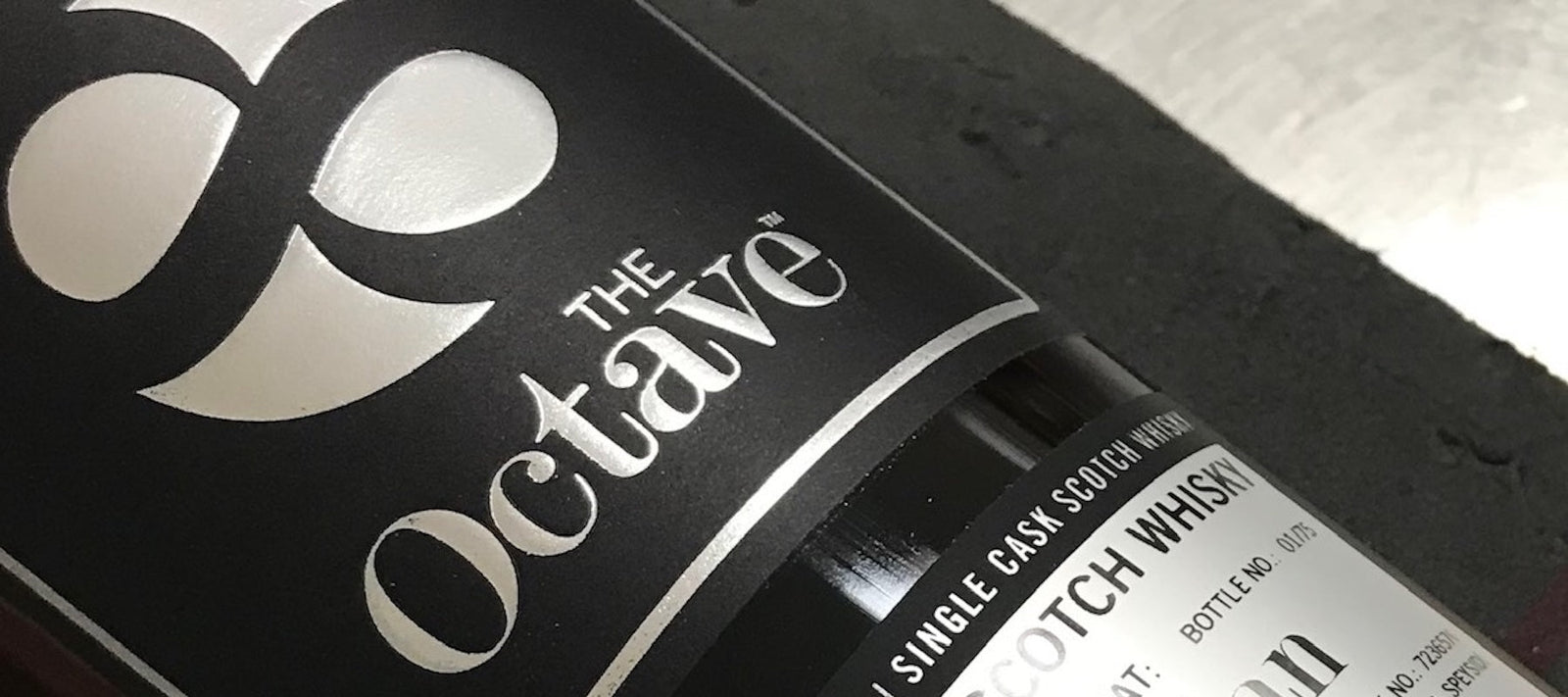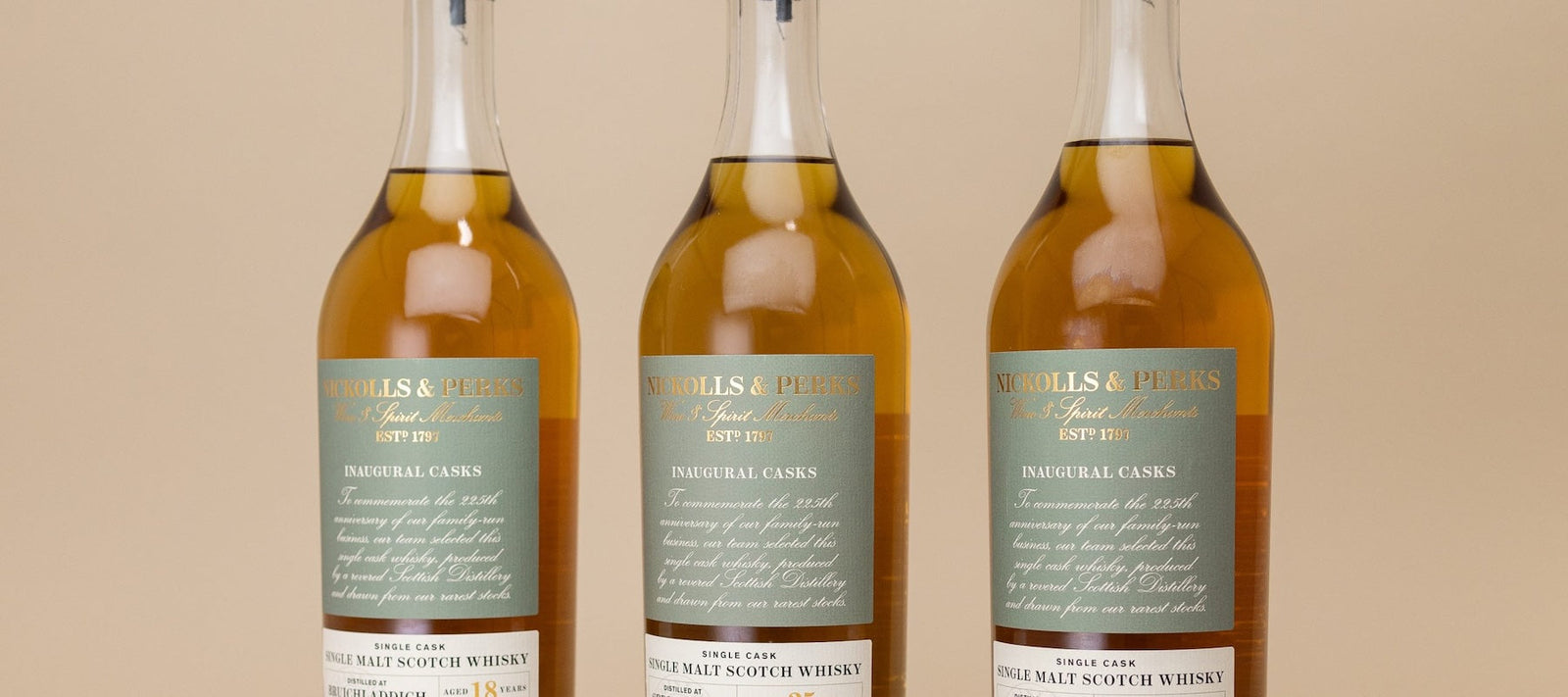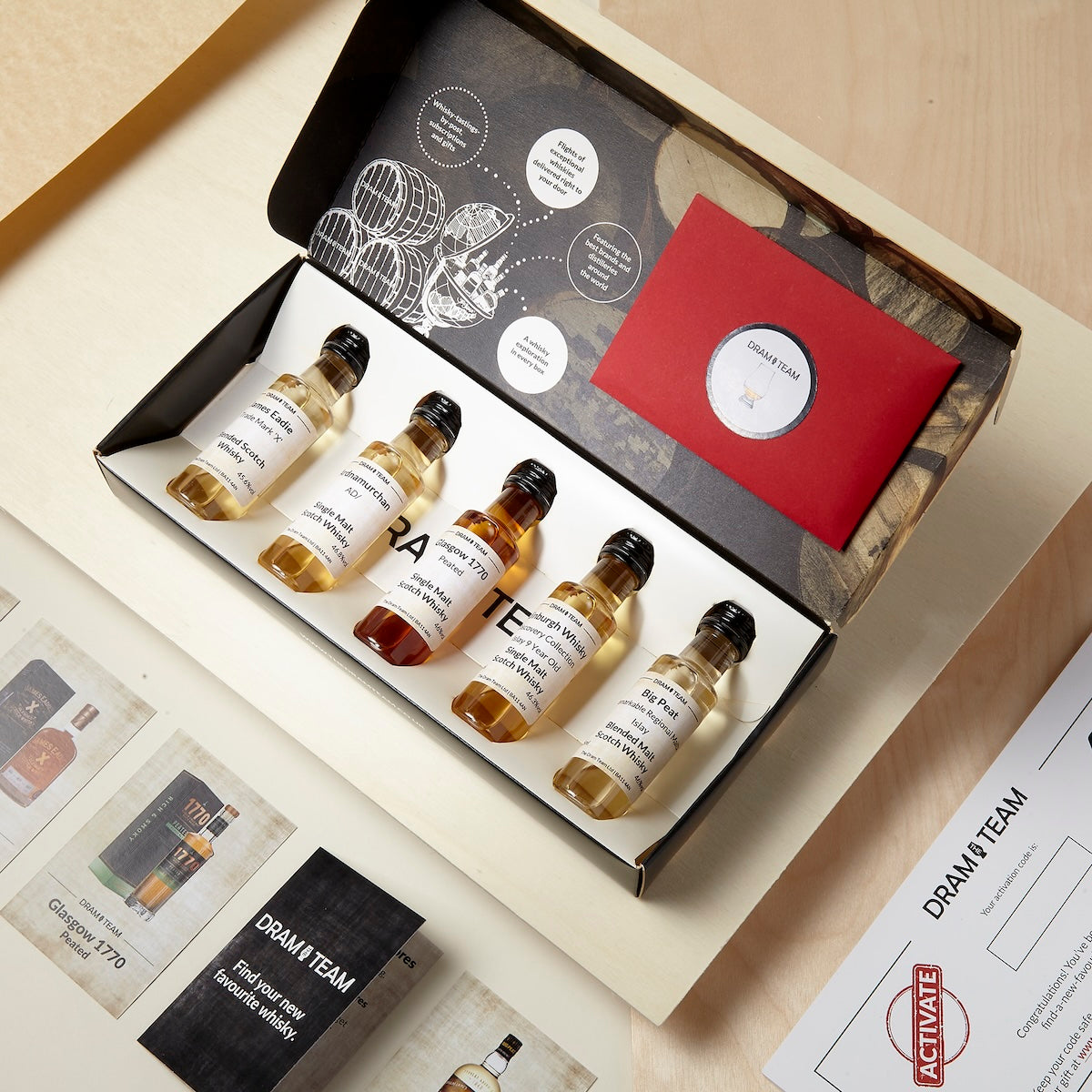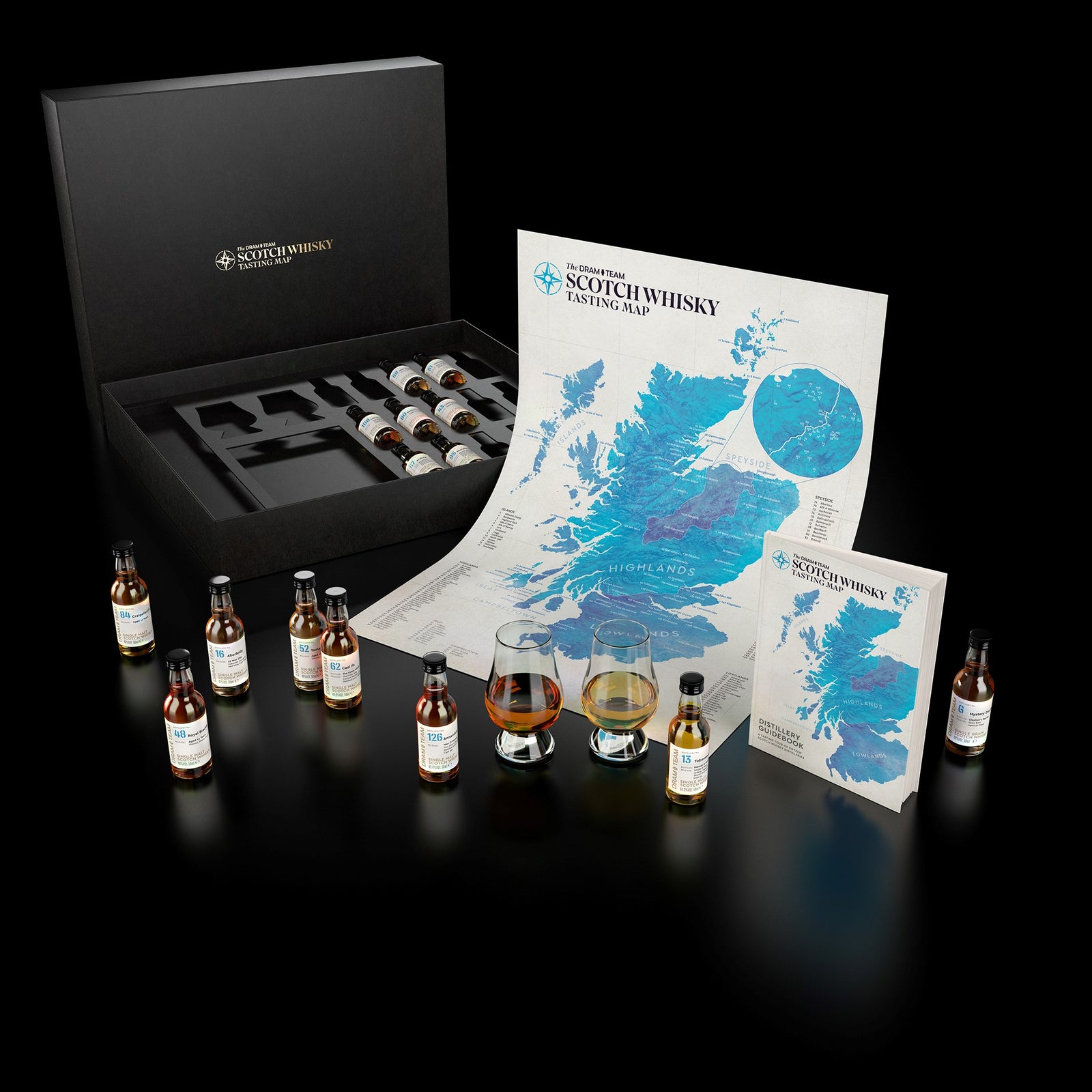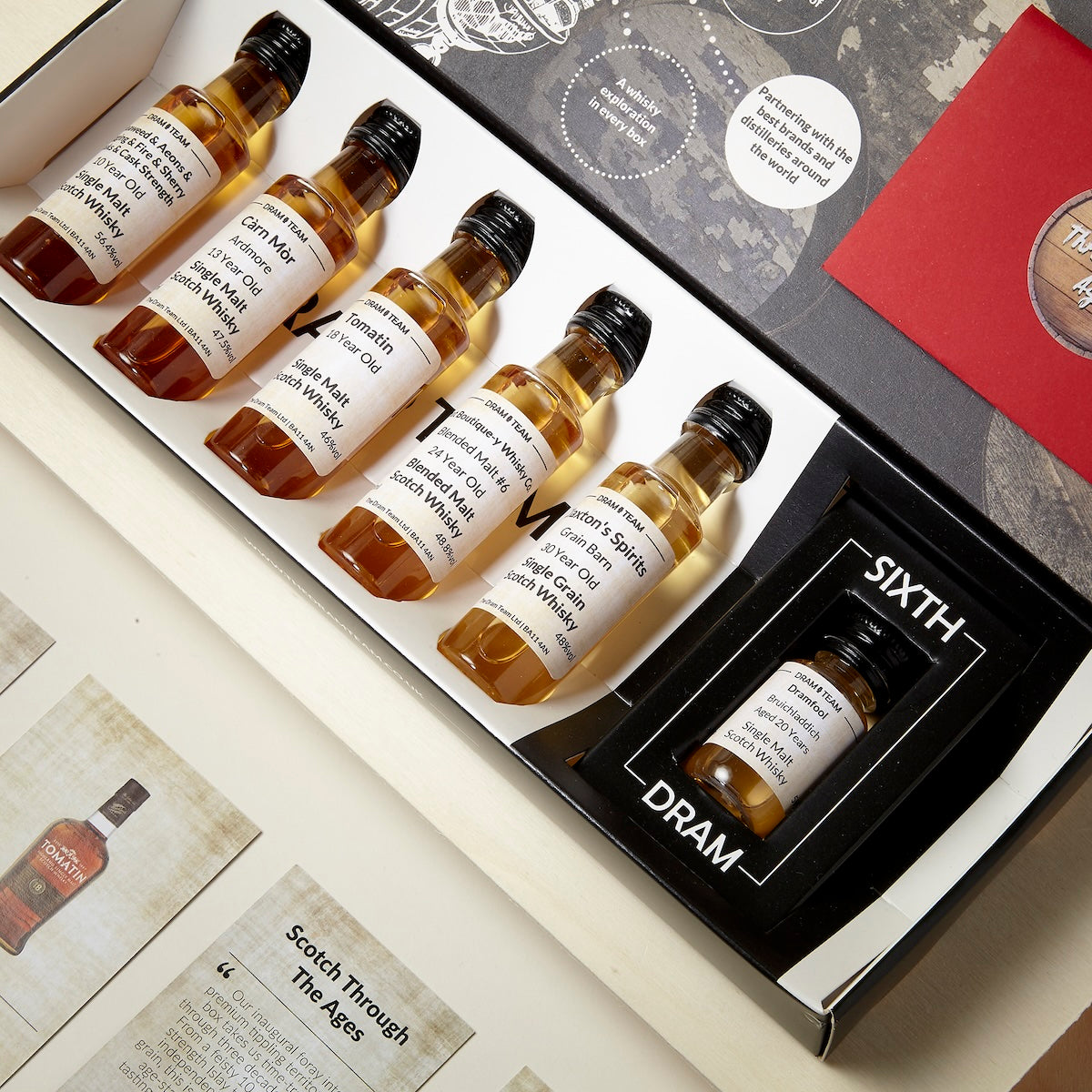Ahh, sherry cask whisky. For many whisky snobs, a term that conjures nostalgic memories of our first gateway whisky sips. A type of cask that is deeply associated with many famous whisky houses - Macallan, Aberlour, Glenfarclas (well a lot of the Glen-somethings, actually) - and indeed with Scotch single malt whisky in general. If you’ve tried a good few Scotch whiskies, it’s a certainty that you will have had one that’s spent some amount of time ageing in a sherry cask, whether you knew it or not at the time.
And yet, the influence of this humble barrel is often overlooked by the average consumer or even misunderstood - which can be forgiven, since not all whisky brands are entirely transparent about the provenance of their casks.
So, what exactly does ageing whisky in a sherry cask do, and why is it important? We’ll try to answer this question as succinctly and best we can, because we are a big fan of sherried whiskies here at the Dram Team and we think you should be, too. We’ve even dedicated past tasting boxes to sherry bombs - so if you’d like to try some, be sure to join the club!
Why a Sherry Cask?
 Sherry casks have been used to age whisky for hundreds of years
Sherry casks have been used to age whisky for hundreds of years
Barrel ageing was discovered quite by accident, thanks to the method of storing and transporting spirits in wooden containers, or shipping barrels. Back in the 1800s when whisky was hitting the big time, sherry had been a significant import into the UK for centuries. Thus, there was a plethora of sherry barrels to refill with whisky and ship all over the world. Discovering that it made whisky taste even more delicious, sherry barrels began to be deliberately used to age whisky.
Unfortunately, towards the end of the last century, people started drinking a lot less sherry as it fell out of fashion, and at the same time Spain brought in a law that stated sherry must be bottled in Spain. Whisky makers had to branch out as there were suddenly a lot fewer sherry barrels available, and they were a lot more expensive. American bourbon now had to be aged in virgin oak, and Scotland (and Ireland) promptly began to snap up those casks instead. But many people had already got used to the taste of sherry-aged whisky, so some whisky houses continued to use sherry barrels. In contrast, others experimented with different kinds of wine barrels, and other innovations.
Common Terms
Sherry Finish:A whisky that has spent the bulk of its maturing life in a non-sherry cask, for example, a refill barrel, or an ex-bourbon barrel. The aged whisky has then been transferred into a sherry cask for additional ageing, usually 3-6 months, or even a year or more. This is a way of reusing expensive sherry casks multiple times.
Seasoned Cask:A cask that has been refilled with mature sherry rather than being used to age the sherry in. The sherry will sit in the barrel for a short time to impart its flavour into the wood before being dumped out and replaced with whisky. An innovation that came from the shortage of high-quality sherry barrels, this is actually now the most common variety of sherry cask.
Since demand for sherry-aged whiskies has vastly outstripped demand for well-aged sherry, some sherry bodegas now create wines exclusively destined for whisky production. In fact, in some bodegas, the excess sherry is thrown out or turned into sherry vinegar because it’s more lucrative to make sherry-soaked barrels for the whisky industry than to sell the sherry itself.
Flavours of Sherry Cask Whisky
 Launched (pardon the pun) in 2016 to great success, the Bushmills Steamship collection pays tribute to the ship for which the distillery is named. As the title suggests, this particular version was matured in oloroso sherry casks to give it a distinctive sweet flavour with lingering notes of pineapple.
Launched (pardon the pun) in 2016 to great success, the Bushmills Steamship collection pays tribute to the ship for which the distillery is named. As the title suggests, this particular version was matured in oloroso sherry casks to give it a distinctive sweet flavour with lingering notes of pineapple.
Understanding how sherry influences the flavour of whisky also requires a little knowledge of sherry itself. Most people think of sherry as the very sweet, rich, syrupyPedro Ximénez (or “PX”) they would have had from grandparents’ cabinets. In fact, there are a few styles of sherry produced - which has to come from a triangular area in the Cádiz province of Spain - and all vary wildly in flavour.Fino andmanzanillaare the driest, are usually more pale, refreshing, and light, while Oloroso is dark and rich, with intense nuttiness.Amontillado andpalo cortado sit somewhere in between these, while PX sherries are created by fermenting dried grapes rather than fresh, making a sweet, decadent dessert-style wine.
Fino/Manzanilla
Not often seen in whisky production as these styles tend to dry out whiskies. These very dry sherries usually lend perfumed, floral and sometimes fruity notes to the whisky and not much colour as the wine is generally very pale itself. Whiskies aged in fino casks are often limited editions and more expensive, due to the rarity of the casks, much like this single malt whisky from multi-award-winning Taiwanese distillery Kavalan.
Amontillado and Palo Cortado
These lend an extra bit of nuttiness and little dryness to the whisky. Also not often seen in the whisky world thanks to lower demand for these wines and therefore fewer barrels available. The Glenkinchie Distillers Edition is an excellent example of an amontillado cask whisky, with hints of almond nuttiness and soft fruity flavour.
Oloroso
The most common type of sherry barrel used in scotch whisky. Oloroso is very dark, so whiskies aged for a good length of time in these barrels usually come out rich with colour. The sherry will impart deep dried fruit notes, like figs and dates, plus spice and nuttiness. Must-try classic examples of Oloroso cask-aged whiskies include Aberlour A’bunadh, or GlenDronach 18yo Allardice. The GlenDronach 12yo and 15yo Revival are also excellent examples of sherry cask whiskies and slightly more wallet-friendly than the 18yo. However, the recipes for both of these contain both Oloroso and PX casks. We’ve featured GlenDronach single malts before in our tasting boxes as they’re such well-crafted sherry whiskies.
PX
PX casks are increasingly more popular whisky-ageing barrels, since the decadence of the sherry brings more dark fruitiness, spice and rich sweetness to the whisky. It can be quite overpowering, so most whisky makers use it in combination with other casks, like Oloroso, or using it as a finish after doing the bulk of maturation in American oak. Laphroaig released a PX-finished peated single malt originally for travel retail, but as it proved so popular, you can now buy it on the Whisky Exchange. The sherry adds a deep fruity, rich complexity to Laphroaig’s signature smokiness.
Try Sherry Cask Whisky
If you’d like to try some sherry cask whiskies, we regularly feature them in our tasting boxes, so you can grab some tasters without having to buy a whole bottle. Join the club!
And don’t forget to tag us on social media to show us what you’re drinking and what you’d like to see us feature next.

